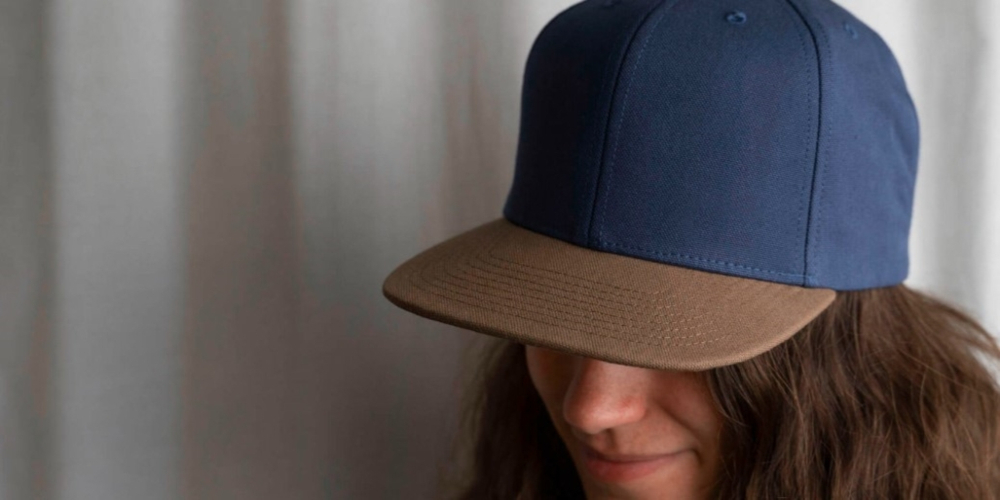It is commonly held that accessories are the finishing touch to any ensemble. How one accessorizes like plain caps often reveals something about one’s taste. Although it may be hard to believe, there is more to fashion than just appearances. Here we can compare the pros and cons of hats, caps, and various styles of headwear.
Briefly Describe a Cap
In essence, a cap is essentially a form of a brimless hat. The most defining and eye-catching frontal design elements are a cap’s peak and visor. There are many different styles of caps available today, but the trucker cap, snapback, and baseball cap are among the most common. However, the shape of a cap defines it as a cap. While caps can be worn for various purposes, the most prevalent one is to protect one’s face from the sun, and caps are rarely seen in business attire.
Which Is Better: A Cap or a Hat?
It’s a hat vs. a cap debate. It would be quite time-consuming to list the objective differences between hats and caps. That’s why we’ve compared the two popular add-ons, highlighting the most important distinctions.
There are many different kinds of hats and caps, yet they all belong to the larger group called headwear. On the other hand, a hat will always have a brim and a formed crown, while a cap will be less structured and lack a brim, though it will always have some peak or visor.
Which type of hat or cap is most adaptable to individual tastes?
Here at Garment Printing, we’ve simplified the process of creating one-of-a-kind headwear. Therefore, the question is not “which is more customizable?” but rather “which best meets my customization needs?” That’s why we say there’s sure to be a little bit for everyone. Our partners are likewise sustainable, eco-friendly, and providers of organic textiles. You can’t go wrong if you care about your environmental impact and are on the hunt for a certain item.
Initial Ingredients
Traditional baseball caps are typically crafted from a single wool color. Many hats with corporate or other logos are made of cotton or cotton-synthetic blend, even though they are not designed specifically for baseball. Every one of these caps has a strengthening element in the visor.
For rigidity, buckram or a plastic insert may be used (the material depends on the company). Stiffeners of several types are sewn into the two front panels of some caps to make room for the embroidered logo. Depending on the brand, sweatbands can be made from cotton or thin leather. Because baseball cap designs have mostly stayed the same over the years, teams usually only switch up the fabric color and decorate the front of the cap with their team’s logo.
In an interesting twist, a few manufacturers currently offer authentic replicas of vintage baseball caps that were widely worn more than a century ago. These businesses need help to disassemble the existing caps to create a test pattern.
Conclusion
A lot of these procedures involve using a sewing machine by hand. As a result, the person operating the sewing machine is in a prime position to detect and correct any defects. The company is strict about making sure all raw materials meet its standards.
